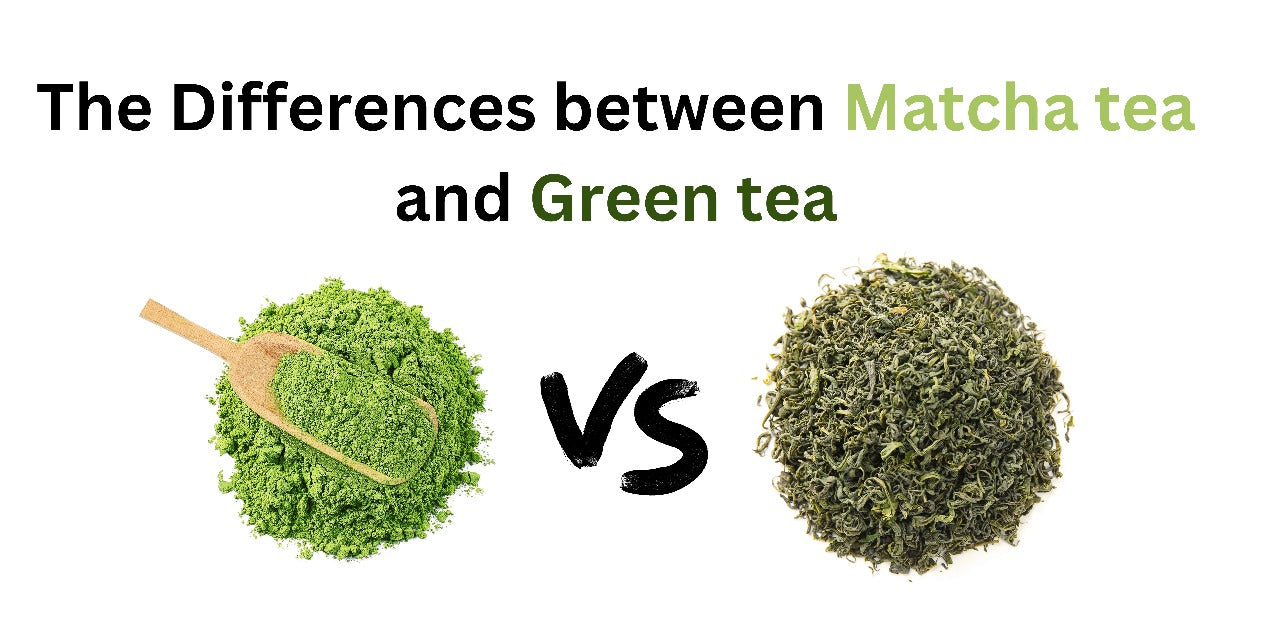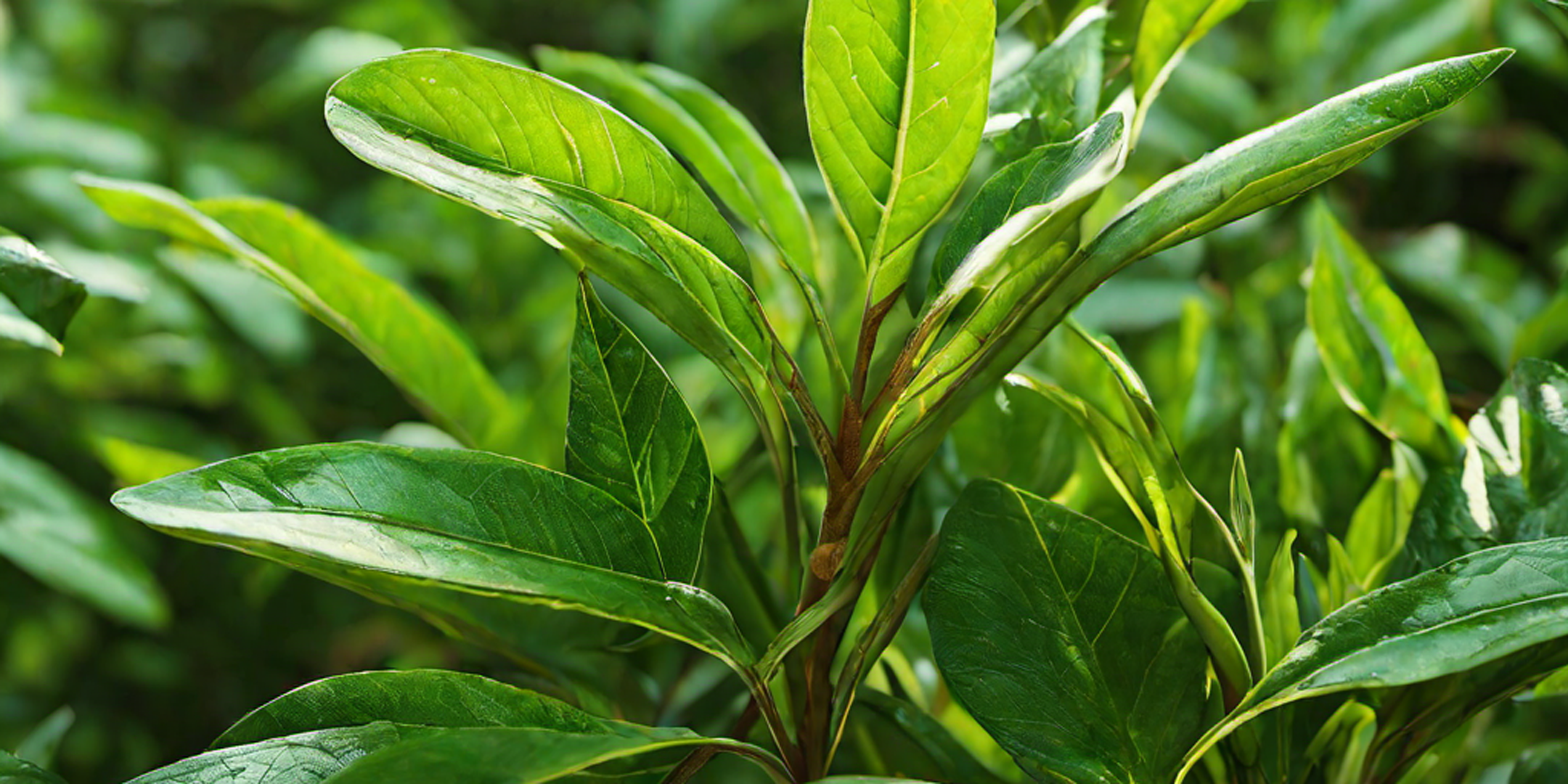Introduction
Tea, a beloved beverage worldwide, has a rich history that intertwines with the British Empire's influence on the global tea industry. In the late 18th century, the British East India Company, concerned about the high cost of importing tea from China and the escalating tensions caused by the illegal opium trade, embarked on a quest to establish tea production in their Indian territories. This decision led them to the discovery of the native tea plant in Assam, Northeast India. The British exploration and subsequent establishment of tea plantations in Assam and other regions played a pivotal role in shaping the tea industry as we know it today.
The Quest for Alternative Tea Sources
Before the British exploration, tea was primarily sourced from China, but the cost of importing it became increasingly burdensome for the British. Seeking alternatives, they turned their attention to Assam, a region ruled by the Ahom dynasty, which had successfully evaded both the Mughals and early British India. However, gaining access to Assam was a formidable challenge.
Governor General Lord Cornwallis, in 1792, acknowledged the difficulties in reaching Assam due to its remote location. The British were determined to find a way, motivated by the desire to reduce their reliance on Chinese tea imports and establish a domestic tea industry.
Robert Bruce and the Discovery of Assam Tea
It was during this period that Robert Bruce, a Scotsman who had come to India to supply weapons, stumbled upon something remarkable. He discovered that Assam, an untamed land outside the control of both the Mughals and the British, was home to a tea plant with immense potential. This discovery would change the course of tea history.
The British Experimentation in Assam
Eager to capitalize on the newfound tea plant, the British East India Company initiated trial tea gardens in Assam. They aimed to experiment with the cultivation and manufacturing processes to produce tea that could rival Chinese imports. These initial tea gardens served as the foundation for the development of the Assam tea industry.
The Rise of Assam Black Tea
After extensive experimentation, the British discovered that the black tea produced in Assam surpassed their expectations. Its robust flavor and unique characteristics set it apart from the green tea they had initially attempted to produce. In May 1838, the first batch of black Assam tea was shipped from Calcutta to London, marking a significant milestone in the history of tea production.
Expansion to Other Regions: Darjeeling, Ceylon, and Beyond
Buoyed by the success of Assam tea, the British expanded their tea production efforts to other regions within their Indian territories. Darjeeling, a picturesque hill station in West Bengal, proved to be an ideal location for growing tea. The cool climate and high altitude contributed to the production of delicate and aromatic teas, which quickly gained recognition.
In Ceylon (now known as Sri Lanka), the British faced a different challenge. Coffee, the main crop in the region, had been decimated by a fungal disease. Desperate to find a viable alternative, the government turned to tea. James Taylor, a Scottish planter with experience in tea cultivation in India, established the first tea plantation in Ceylon in 1867. This marked the beginning of a thriving tea industry that would make Ceylon the world's largest exporter of tea by the 1890s.
Social and Economic Impact
The establishment of British tea plantations in India and Ceylon had far-reaching social and economic implications. These plantations provided employment opportunities for the local population, which helped alleviate poverty and improve living standards. The tea industry also played a key role in developing infrastructure in the regions, including the construction of roads, railways, and processing facilities.
However, it is important to acknowledge the negative consequences that accompanied this expansion. Workers on the tea plantations often faced harsh working conditions, low wages, and exploitation. The environment also suffered as large areas of land were cleared for tea cultivation, leading to deforestation and habitat loss.
Assam Tea Today
Assam tea continues to be highly regarded and widely produced, enjoyed by tea enthusiasts around the world. Its distinct malty flavor and robust character make it an excellent choice for breakfast blends. One notable example is the Assam Vanilla blend offered by Tea by Birdy, which combines black tea from Assam with vanilla flavoring from Madagascar. This blend embodies the rich heritage of Assam tea and offers a delightful sensory experience.
Exploring Indian and Sri Lankan Teas
If you're eager to explore the diverse range of teas produced in India and Sri Lanka, Tea by Birdy offers a collection that will captivate any tea lover. From the bold and malty flavors of Assam to the bright and citrusy notes of Ceylon, there is something for everyone to enjoy. Indulge in a sip of history with their Breakfast Blend, a harmonious combination of premium teas from both the Assam and Ceylon regions.
Conclusion
The captivating history of Assam tea and the British Empire's influence on its production is a testament to the enduring legacy of this beloved beverage. From the serendipitous discovery by Robert Bruce to the establishment of tea plantations in Assam, Darjeeling, and Ceylon, the British played a pivotal role in shaping the global tea industry. As we continue to enjoy the flavors and aromas of Assam tea, let us also reflect on the social and environmental impacts that accompany its production.




